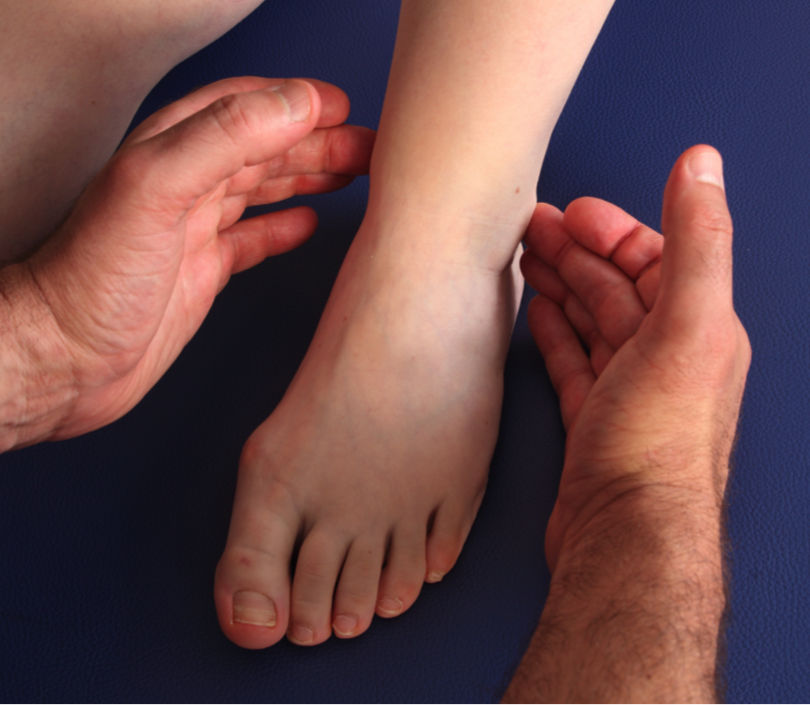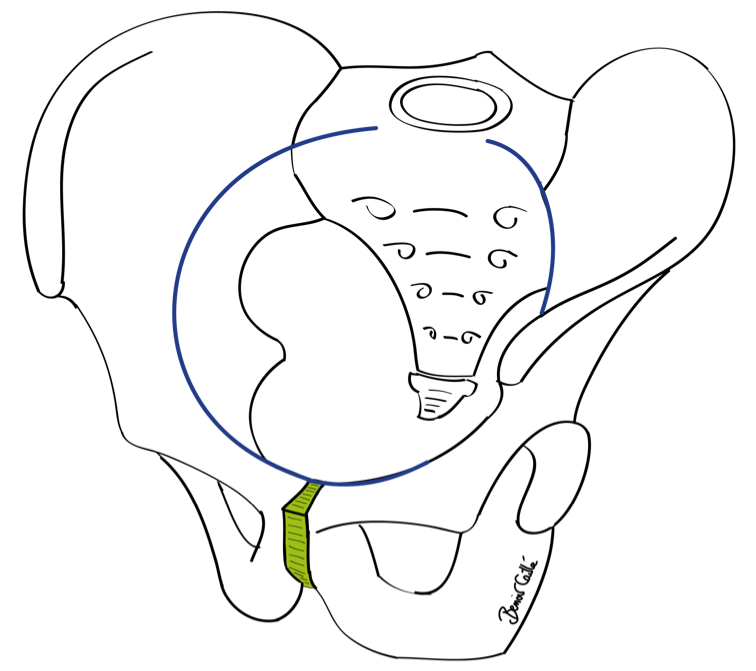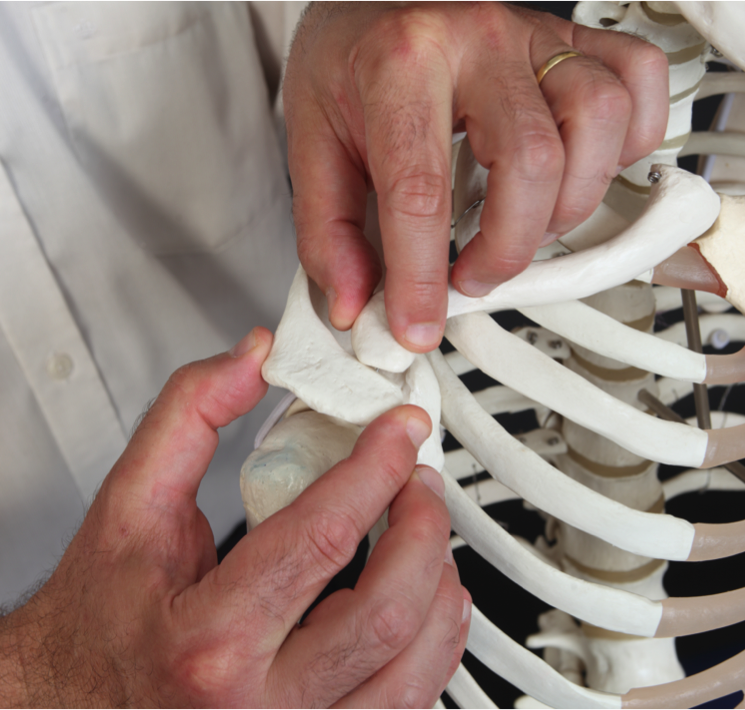 |
 |
 |
3 day course
Objective:
This course will present the practical application of the Osteopathic Mechanical Link to all joints and bones of the periphery with several interesting novelties.
The upper and lower extremities will be examined using global tests to rapidly diagnose the dominant articular lesion of the periphery.
All the articular lesions of the extremity to be treated are then examined in an original manner with very detailed specific tests. The articular parameters of restriction are adjusted with precision using the recoil. The result on joint function (mobility) and pain is immediate.
Long bones may be subject to fixations affecting the diaphysis (flexibility restriction) or the lines of force (compressibility restriction). In practice, in all chronic or complex cases, these different intraosseous osteopathic lesions are often dominant, and must therefore be treated as a priority. Articular dysfunction is simply secondary, and therefore normalises spontaneously.
The articular diastasis is an unheeded osteopathic lesion that results in instability and hypermobility of the affected joints. Why does a joint correction by manipulation « not hold » ? The tests and adjustment technique proposed by the Mechanical Link easily identify and solve these problems of instability as well as their consequences (articular dysfunction, pain, recurrent sprains).
Program:
DAY 1 (8 hours)
Morning:
The concept of lines of force and articular diastasis.
The intraosseous lines of force and articular diastases of the lower extremity. Practice: tests in compression, balance tests and recoil.
Afternoon:
The intraosseous lines of force and articular diastases of the upper extremity. Practice: tests in compression, balance tests and recoil.
The lines of force of the OVP axis, the posterior thorax and the scapular and pelvic girdles. Practice: tests in compression, balance tests and recoil.
DAY 2 (8 hours)
Morning:
Global examination of the periphery. Theory and practice: tension tests and balance tests.
Specific and analytical tests, recoil phase 1 and 2. Theory.
The foot and the ankle. Theory, demonstration, practice and treatment by recoil.
Afternoon:
The knee. Theory, demonstration, practice and treatment by recoil.
The hip. Theory, demonstration, practice and treatment by recoil.
DAY 3 (8 hours)
Morning:
The shoulder. Theory, demonstration, practice and treatment by recoil.
The elbow. Theory, demonstration, practice and treatment by recoil.
Afternoon:
The hand and the wrist. Theory, demonstration, practice and treatment by recoil.
Summary and practice of a complete treatment of the global periphery and lines of force.


